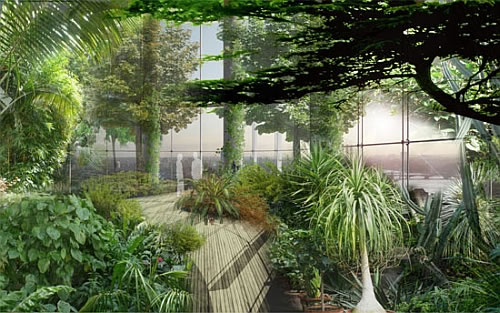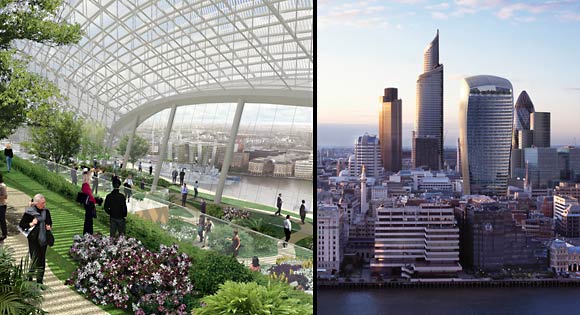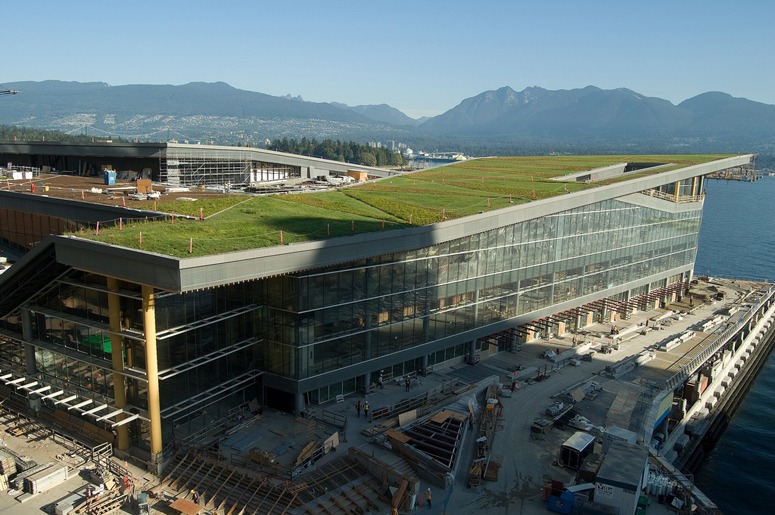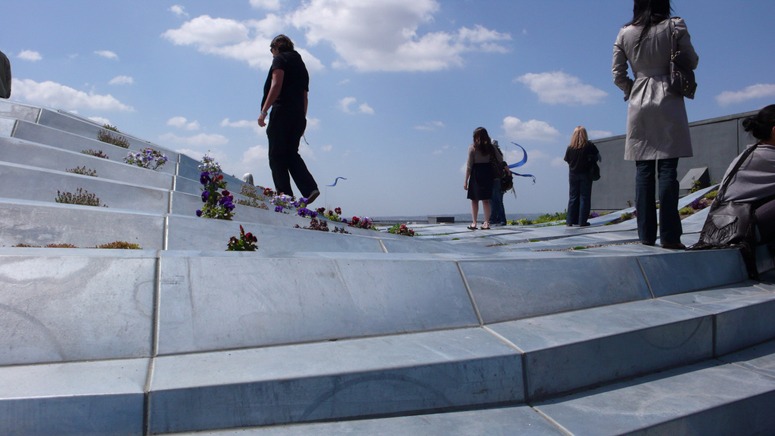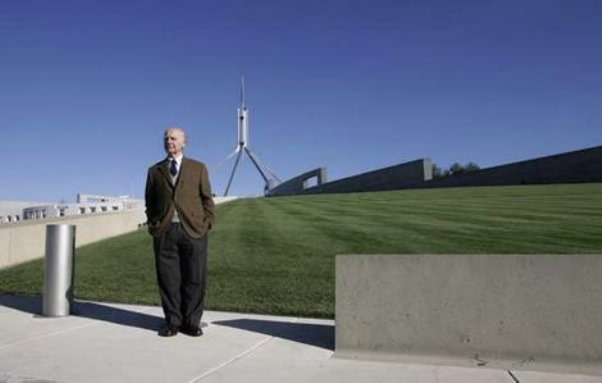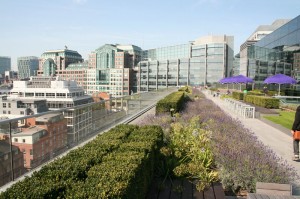Vauxhall Sky gardens: http://www.amintaha.co.uk/
As garden-in-architecture skygardens are new to the urban design agenda. I suppose what we are talking about here when considering the introduction of skygardens into the garden and architecture typology is a form of greenhouse or biodome in the sky. Vauxhaull it would appear is a semi-private garden akin to the penthouse suite or the executive boardroom. While Fenchurch Street seems to promote public thoroughfare and viewing…even though it is not a podium space but rather akin to garden- as- observation- deck.
Other projects are shown on http://www.greenroofs.com/blog/. and http://marquetteturner.wordpress.com/2008/07/04/the-urban-jungle-how-architects-are-helping-city-dwellers-get-back-to-nature/ but it will be even more interesting as the type gains popularity and skygardens become a more developed typology….
20 Fenchurch street: http://www.capitalcommitment.co.uk/site/portf.ec3.20fenchurchstreet.off.aspx

